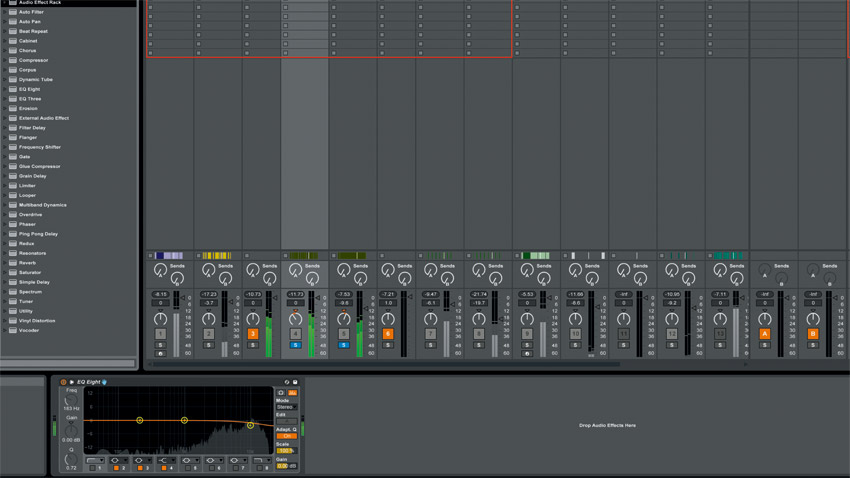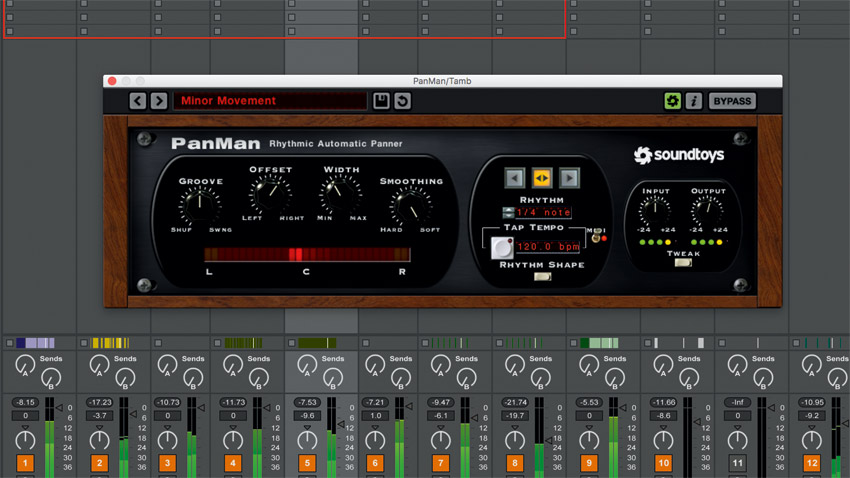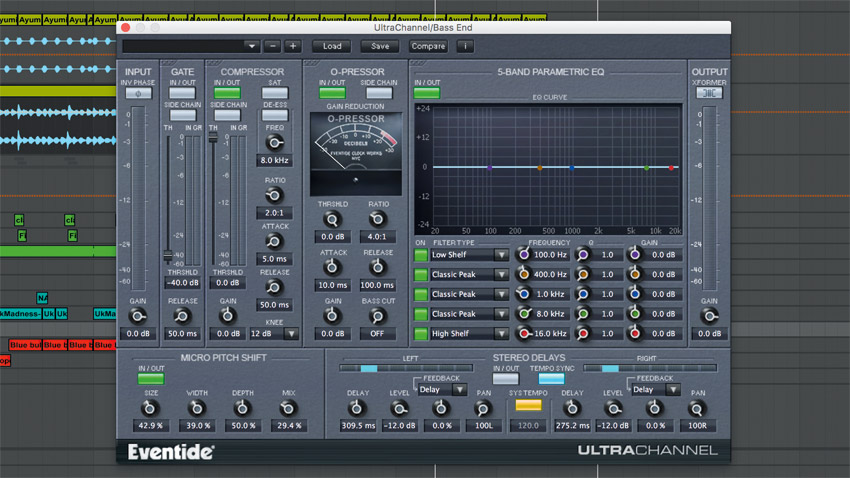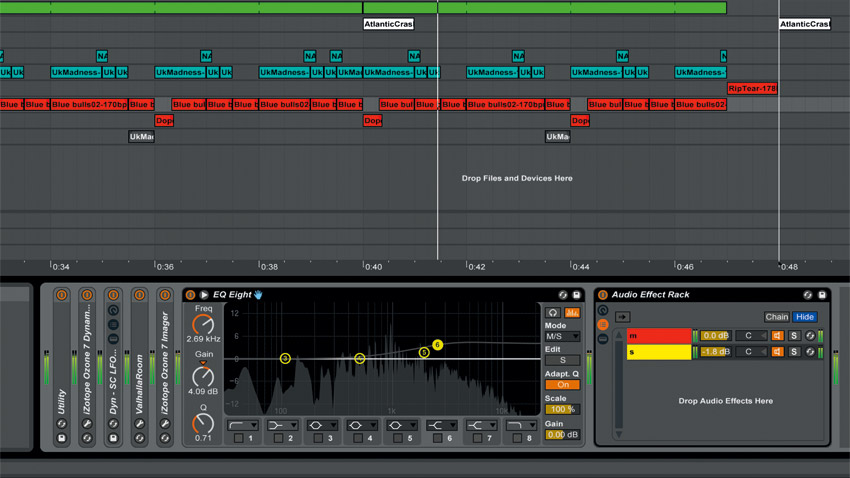6 ways to generate stereo width in your mixes
Use these widening techniques in combination to create broad yet mono-compatible mixes
MIXING WEEK: While it's easy enough to just make a mix 'wide', widening a track without compromising its mono compatibility requires proper understanding of stereo imaging in the context of mixing.
In this tutorial, we'll provide some straightforward tactics that can be applied to bring a sense of space to any project while still maintaining its mono effectiveness.

Step 1: To add width, first determine which sounds can be panned out to the sides. Panning just one sound out to one side may upset the balance of your mix’s width, so counteract it by panning another sound in the opposite direction.

Step 2: Elements such as running hi-hats or FX sweeps sound great when their stereo position is swirled with a bit of auto-pan. While your DAW’s stock device will do, advanced auto-panners like Soundtoys PanMan give you deeper control over the width and angle of the pan motion.

Step 3: Often, you’ll want to use reverb to place sounds in an obvious virtual space, which will widen them as a result. To maintain a sound’s ‘dryness’ but still get the widening effect, try gently fading up an extremely short reverb, using it as a cosmetic widener rather than obvious ’verb.

Step 4: Again, stereo delay adds width by its very nature, but try blending short delays into the mix, purely to widen the source signal. Be careful with phase-incompatible Haas delay – try a dedicated ‘microshift’ delay plugin instead, and mix the dry and wet signals to retain mono solidity.

Step 5: A pseudo-widener is a good option after you’ve explored our previous tips, as it doesn’t add much character. Multiband wideners are great, as you can tailor the widening to specific discrete frequency ranges. To stereoise mono sounds, apply short reverb, then use a widener to magnify the width added by the reverb.
Get the MusicRadar Newsletter
Want all the hottest music and gear news, reviews, deals, features and more, direct to your inbox? Sign up here.

Step 6: Finally, there are mid/side processors, such as simple M/S gain plugins and EQs. Simply turn up the side signal gain for more width, or widen only the high-mids using a high-shelf EQ boost to the sides. M/S processors are also great for controlling or exaggerating the width applied in the previous steps.
MusicRadar's Mixing week is brought to you in association with Softube. Check out the Mixing week hub page for more mixing tutorials and tips.
Future Music is the number one magazine for today's producers. Packed with technique and technology we'll help you make great new music. All-access artist interviews, in-depth gear reviews, essential production tutorials and much more. Every marvellous monthly edition features reliable reviews of the latest and greatest hardware and software technology and techniques, unparalleled advice, in-depth interviews, sensational free samples and so much more to improve the experience and outcome of your music-making.
"If I wasn't recording albums every month, multiple albums, and I wasn't playing on everyone's songs, I wouldn't need any of this”: Travis Barker reveals his production tricks and gear in a new studio tour
“My management and agent have always tried to cover my back on the road”: Neil Young just axed premium gig tickets following advice from The Cure’s Robert Smith










